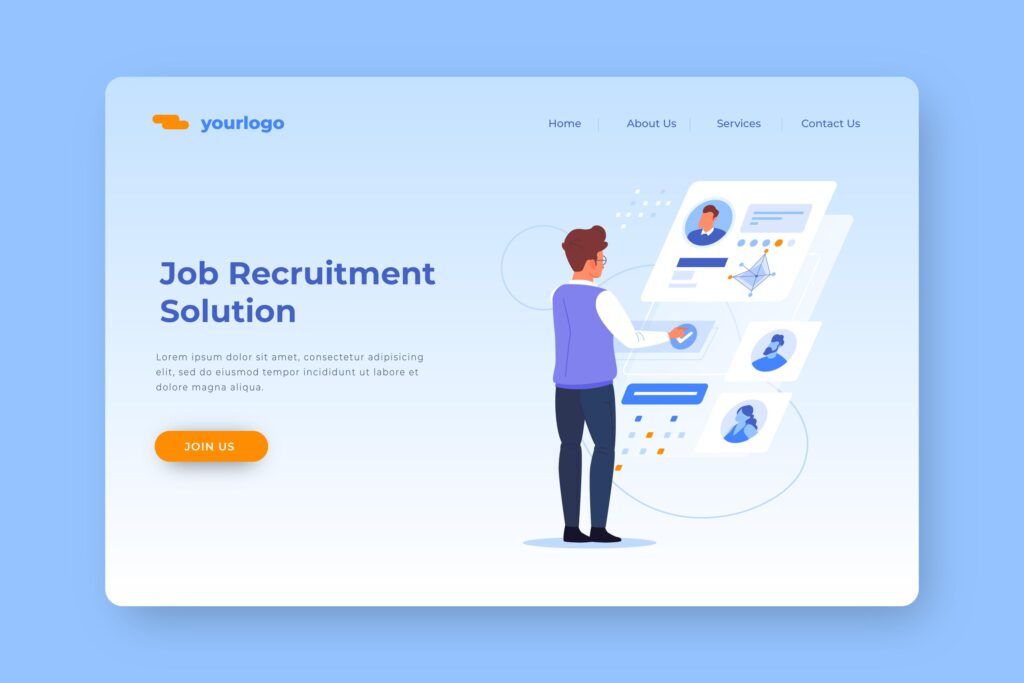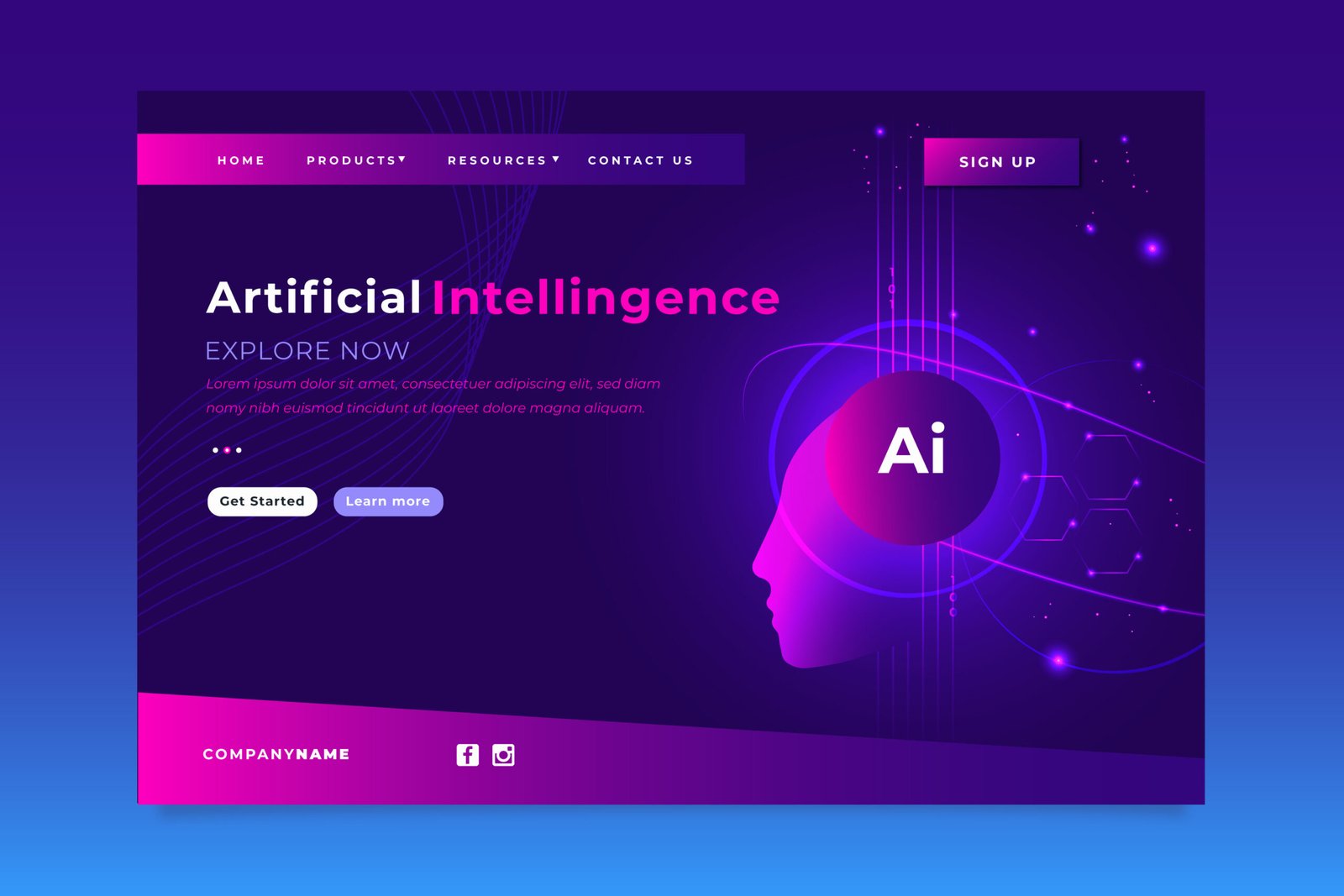Designing a job portal website involves several interconnected phases, starting with clearly understanding the website’s purpose and target audience. The primary goal of the portal should be defined, whether it is connecting job seekers with employers, offering career advice or providing industry-specific job listings. Identifying the audience, such as recent graduates, experienced professionals or employers, helps in tailoring the features and design to their specific needs.
The next step involves thorough research and planning. It is crucial to analyse existing job portals to identify their strengths, weaknesses and market gaps. This process helps in creating a comprehensive list of essential features, such as job search functionality, resume uploads, job postings, company profiles and user accounts. Developing user personas and scenarios is also important to understand how different users will interact with the site, ensuring the design meets their expectations.
Designing wireframes and mockups is a critical phase where the site’s basic structure is sketched out. Low-fidelity wireframes outline the fundamental layout, while high-fidelity mockups provide a more detailed visual representation, including colours, fonts and images. A user-friendly interface should be prioritized, featuring intuitive navigation with clear menus and categories and a responsive design optimized for various devices like desktops, tablets and mobiles. Additionally, making the site accessible to users with disabilities, such as through screen reader compatibility and keyboard navigation, is essential.
Developing key features for the job portal is at the core of the design process. The job search functionality should include a search bar for keywords, locations and companies, along with filters for job type, experience level and salary range. Users should be able to save their search preferences. User accounts for job seekers and employers are crucial, allowing job seekers to create profiles, upload resumes, track applications, save jobs and set up job alerts. Employers should have the ability to create company profiles, post jobs, track applicants and search resumes. Job postings should have detailed job description pages with application instructions and company information and the application process should be straightforward and user-friendly.
Security and privacy are paramount. The website must ensure the secure handling of user data through SSL encryption and robust user authentication processes. A clear privacy policy should be communicated to users, outlining how their data will be used and protected. SEO best practices should be employed to improve the site’s search engine ranking, including the use of relevant keywords, meta tags and descriptions. Performance optimization techniques, such as image optimization, caching and efficient coding, should be implemented to ensure fast load times.
Testing the website is a crucial phase before launch. Usability testing with real users helps identify and address any usability issues, while functional testing ensures that all features work correctly across different devices and browsers. Performance testing assesses the site’s speed and responsiveness under various conditions. A soft launch to a small audience can help gather initial feedback and make necessary adjustments.
Marketing the job portal through social media, content marketing, partnerships and other channels is essential for a successful launch. Continuous monitoring of user feedback and site analytics will guide ongoing improvements. Post-launch maintenance involves regular updates with new features and security patches, providing excellent customer support and building a community through forums, blogs and events to keep users engaged.
By carefully planning and executing each of these steps, you can create a robust, user-friendly job portal that effectively serves the needs of both job seekers and employers.








